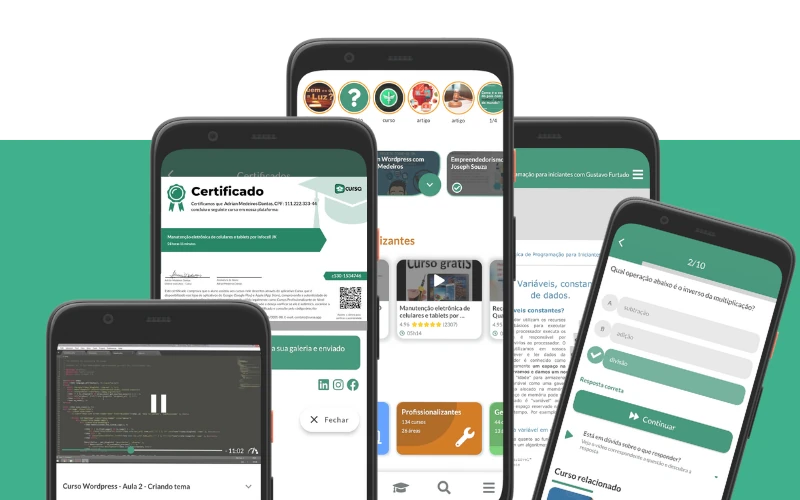Italian language proficiency tests, such as the CILS (Certificazione di Italiano come Lingua Straniera) and CELI (Certificato di Conoscenza della Lingua Italiana), are valuable credentials for non-native speakers who want to demonstrate their Italian language skills. Preparing for these tests can be challenging, but with the right strategies and resources, you can achieve success. Here’s a comprehensive guide to help you prepare for Italian language proficiency tests.
1. Understand the Test Format
CILS
The CILS exam, offered by the University for Foreigners of Siena, assesses proficiency across six levels, from A1 (beginner) to C2 (advanced). The test includes sections on listening, reading, writing, speaking, and grammar.
CELI
The CELI exam, administered by the University for Foreigners of Perugia, also covers six proficiency levels. The exam evaluates listening, reading, writing, and speaking skills, with an emphasis on real-life language use.
2. Assess Your Current Level
Before diving into test preparation, it’s important to assess your current proficiency level. Take practice tests or online assessments to determine your strengths and weaknesses. This will help you focus your study efforts on areas that need improvement.
3. Create a Study Plan
Develop a study plan that allocates time for each section of the test. Set realistic goals and create a timeline leading up to your test date. Consistency is key, so try to study a little bit every day rather than cramming at the last minute.
4. Use Quality Study Materials
Textbooks and Workbooks
Invest in reputable Italian language textbooks and workbooks designed for your proficiency level. Books like “Nuovo Espresso” or “Progetto Italiano” offer comprehensive lessons and exercises.
Online Resources
Websites like Duolingo, Babbel, and Memrise provide interactive language lessons and exercises. These platforms are great for building vocabulary and grammar skills.
Practice Tests
Regularly take practice tests to familiarize yourself with the test format and timing. Websites like CILS and CELI official sites often provide sample tests and past exam papers.
5. Focus on Each Skill
Listening
- Listen to Italian podcasts, radio stations, and watch Italian movies or TV shows. This will help you get used to different accents and speeds of speech.
- Practice listening to recordings and answering questions, mimicking the test format.
Reading
- Read a variety of Italian texts, such as newspapers, magazines, books, and online articles.
- Practice reading comprehension exercises and summarizing texts.
Writing
- Practice writing essays, emails, and short stories in Italian.
- Pay attention to grammar, punctuation, and structure. Use online tools or textbooks for writing prompts and correction.
Speaking
- Find a language exchange partner or join conversation groups to practice speaking.
- Record yourself speaking and review it to identify areas for improvement.
Grammar
- Review grammar rules regularly using textbooks or online resources.
- Complete grammar exercises to reinforce your understanding and application of the rules.
6. Take Advantage of Language Classes
Enroll in Italian language classes at a local language school or online. Classes provide structured learning, expert guidance, and the opportunity to practice with peers.
7. Immerse Yourself in the Language
If possible, immerse yourself in an Italian-speaking environment. Travel to Italy, join Italian cultural events, or interact with native speakers. Immersion helps you apply what you’ve learned in real-life situations and improves your language skills naturally.
8. Stay Motivated and Confident
Learning a language and preparing for proficiency tests can be challenging, but staying motivated and confident is crucial. Celebrate small achievements, stay positive, and remind yourself of the reasons why you’re learning Italian.
Conclusion
Preparing for Italian language proficiency tests like CILS and CELI requires dedication, consistency, and the right resources. By understanding the test format, assessing your level, creating a study plan, and focusing on each skill, you can set yourself up for success. Remember to immerse yourself in the language and stay motivated throughout your preparation journey. Buona fortuna!
























